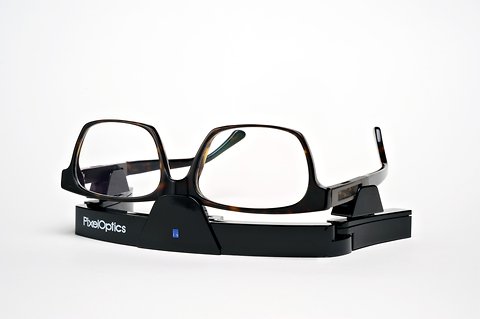I met Mr. Berkley this week when I dropped into the Tesla showroom on West 25th Street in Manhattan. The spare white-walled space could easily pass for one of the art galleries on either side of it, the art in this case being the single “signature red” Model S on the showroom floor. Several customers were stroking its sleek curves and sculptural door handles as I walked by.
Mr. Berkley was seated at a desk around the corner, and urged me to pull up a chair. With his scruffy beard, Levis and loosefitting polo shirt, the 27-year-old graduate of Indiana University looked as if he’d walked out of Google’s New York headquarters a few blocks away. Actually, he’d been working in wealth management before joining Tesla in November.
I gave him a simple but seemingly insurmountable task: sell me a Tesla.
This was not just a journalistic stunt. I’m in the market for a new car since the lease on my current model expires later this year. Like most car enthusiasts I know, I love the Tesla story: South Africa-born entrepreneur Elon Musk, now an American citizen, reinvents the automobile with a zero emission, all-electric model that in performance, appearance, technology and comfort puts the legacy automakers to shame. Despite enormous skepticism, he takes his venture public, produces more cars than Tucker, Vector and DeLorean combined (to cite three of Tesla’s legendary but failed predecessors), draws rave reviews from the automotive press, and makes a fortune as Tesla stock soars to dizzying heights. It’s the American dream writ large.
Yes, I’d love to buy a Tesla. But a) I live in New York City and park in a public garage; b) drive on weekends to a house in rural upstate New York, far from any current or planned Tesla charging station; c) can afford only one car; d) occasionally make longer car trips far beyond the Tesla range; and e) the base Tesla S costs $71,000 before rebates.
I’m hardly alone in facing such obstacles. Everyone who walks into a Tesla showroom has to be persuaded by someone like Mr. Berkley to become an early adapter — someone willing to take a gamble on a largely unproven $71,000 electric car that needs to be both reliable and safe.
I discussed the Tesla phenomenon this week with Adam Jonas, a managing director and the leader of Morgan Stanley’s global auto research team, who agreed that getting potential customers past many of the same obstacles I face “is an important issue. The population that has the financial means and the motivation to buy this car tends to live in densely populated urban areas, where the parking and municipal infrastructures still aren’t there. Tesla still has a lot of work to do to get into parking garages and get municipalities to install charging stations.”
Mr. Berkley tackled the issues head-on as I raised them, and I liked that he said at the outset that the Tesla “might not work for you.” With Google Maps on his screen, he calculated that the route from my parking garage to my house upstate was 88 miles. With a charging station installed in my barn, I could charge the battery overnight, and comfortably make the 176-mile round trip, even with the lower-cost standard battery, which delivers an estimated range of 208 miles. Mr. Berkley said that if I adhered to 55 miles per hour on the highway, I was likely to get 230 miles.
That didn’t quite solve the problem, since the Tesla loses as much as 10 miles in range for every day it isn’t used, and my car sits in the garage during the week. That might cost me 50 miles a week, which would be cutting it close. I might have to get the more powerful battery, which adds $10,000 to the base price and extends the range to an estimated 265 miles, or 300 at the 55-mile speed limit.
What about longer trips? Mr. Berkley showed me a map of the country with current and planned high-speed charging stations, where Tesla owners can recharge the battery in 30 to 40 minutes at no cost. Two of these stations are up and running in Connecticut, which would have made it possible for me to drive the Tesla on a recent trip to Wellesley, Mass., which is 200 miles from Manhattan, with just one recharging stop. By the end of 2014, the company expects to have stations covering 80 percent of the continental United States, most near coffee shops, restaurants and other amenities.

Article source: http://www.nytimes.com/2013/08/24/business/wondering-if-tesla-can-get-there-from-here.html?partner=rss&emc=rss

